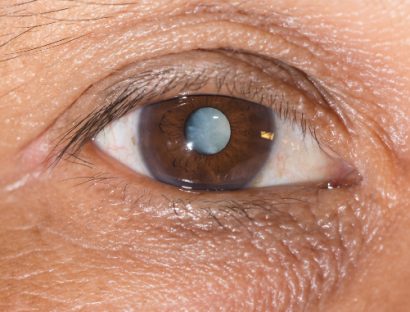Breakthrough Eye Regeneration Procedure a Success
Written by Dr. David Evans Last modified on April 23, 2019
More than 22 million Americans over the age of 40 have cataracts, and that number is expected to increase according to Prevent Blindness America. The simple fact is, if you live long enough, you will eventually develop cataracts.

The clouding of the lens associated with cataracts is the leading cause of vision loss around the world, but there are many treatment options that can help restore vision. Typically, the treatment for cataracts involves removing the clouded lens and replacing it with an artificial alternative. Although this has proven to be a safe and effective treatment, a pioneering new approach to cataract treatment is having “stunning” results.
So what is the breakthrough? Rather than replacing a cataract-affected lens with an artificial lens, the study is evaluating the use of stem cells in the eye to essential regrow a new one. Chinese researchers from the Sun Yat-sen University have been working with a team from the University of California, San Diego on the study. It has primarily focused on children with cataracts because their younger epithelial cells are more amenable to regeneration. However, the study has also delivered some promising results with elderly participants.
The stem cell cataract treatment is similar to lens replacement surgery in that the clouded, damaged lens is removed. However, unlike the traditional cataract surgery, scientists in this study left the outer surface of the lens (called the lens capsule) intact. Epithelial stem cells are then lined along the lens capsule to repair the damage. Amazingly, participants in the study had full lens regeneration within eight months of treatment. And according to the researchers, the stem cell approach has had a dramatically lower rate of complication than traditional lens replacement, even though the complication rate of cataract surgery is already very low (one of the lowest of all surgical procedures).
Fewer complications are of course great, but perhaps more importantly, the ability to regrow a natural lens as opposed to implanting an artificial replacement means better vision across different distances. Needless to say, the eye care and medical communities are heralding the success as one of the most incredible breakthroughs in regenerative medicine.
To learn more about this incredible cataract treatment breakthrough, check out this in depth article: http://www.bbc.com/news/health-35762713
Check out my previous post about congenital cataracts.
